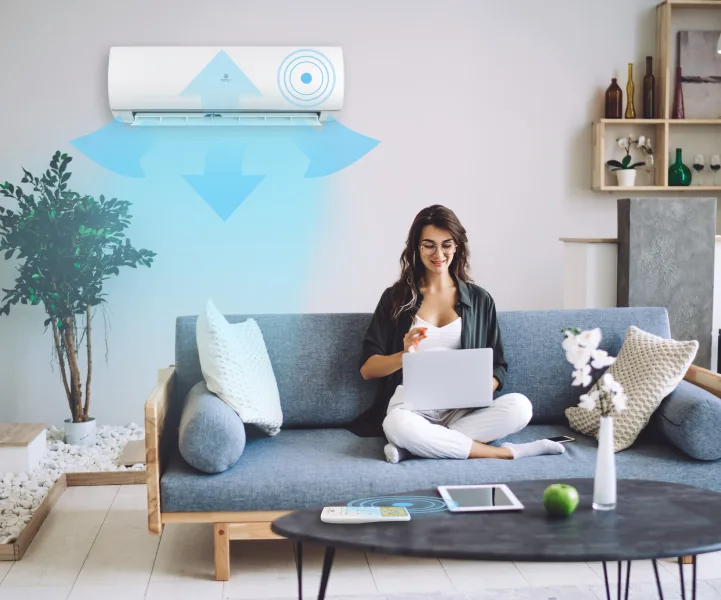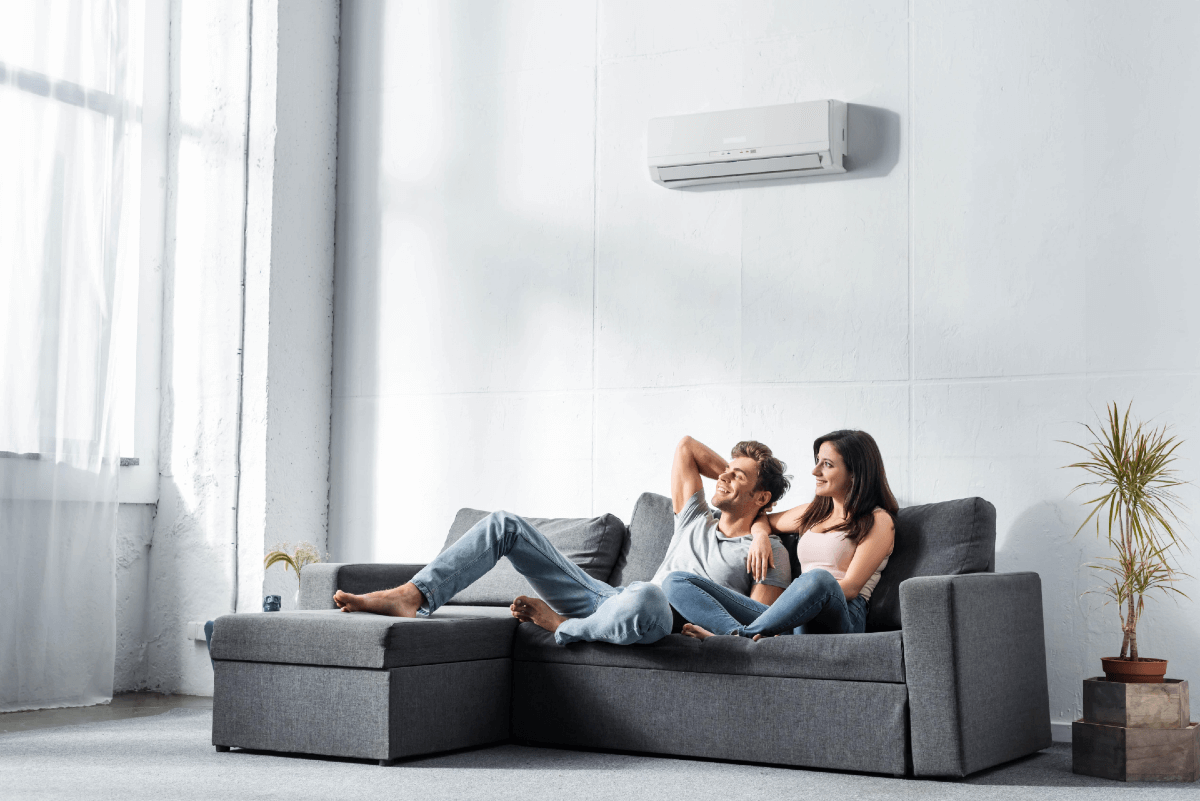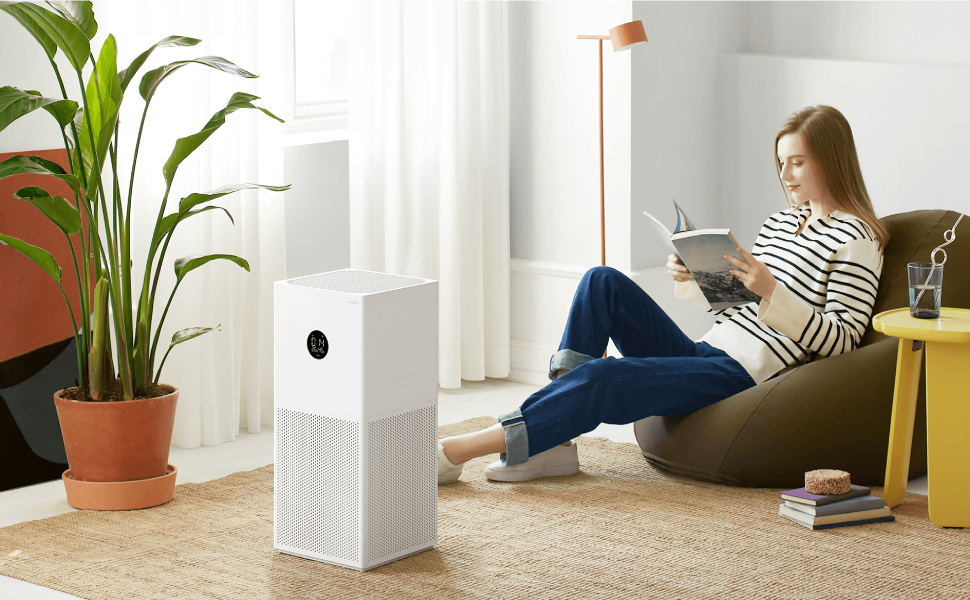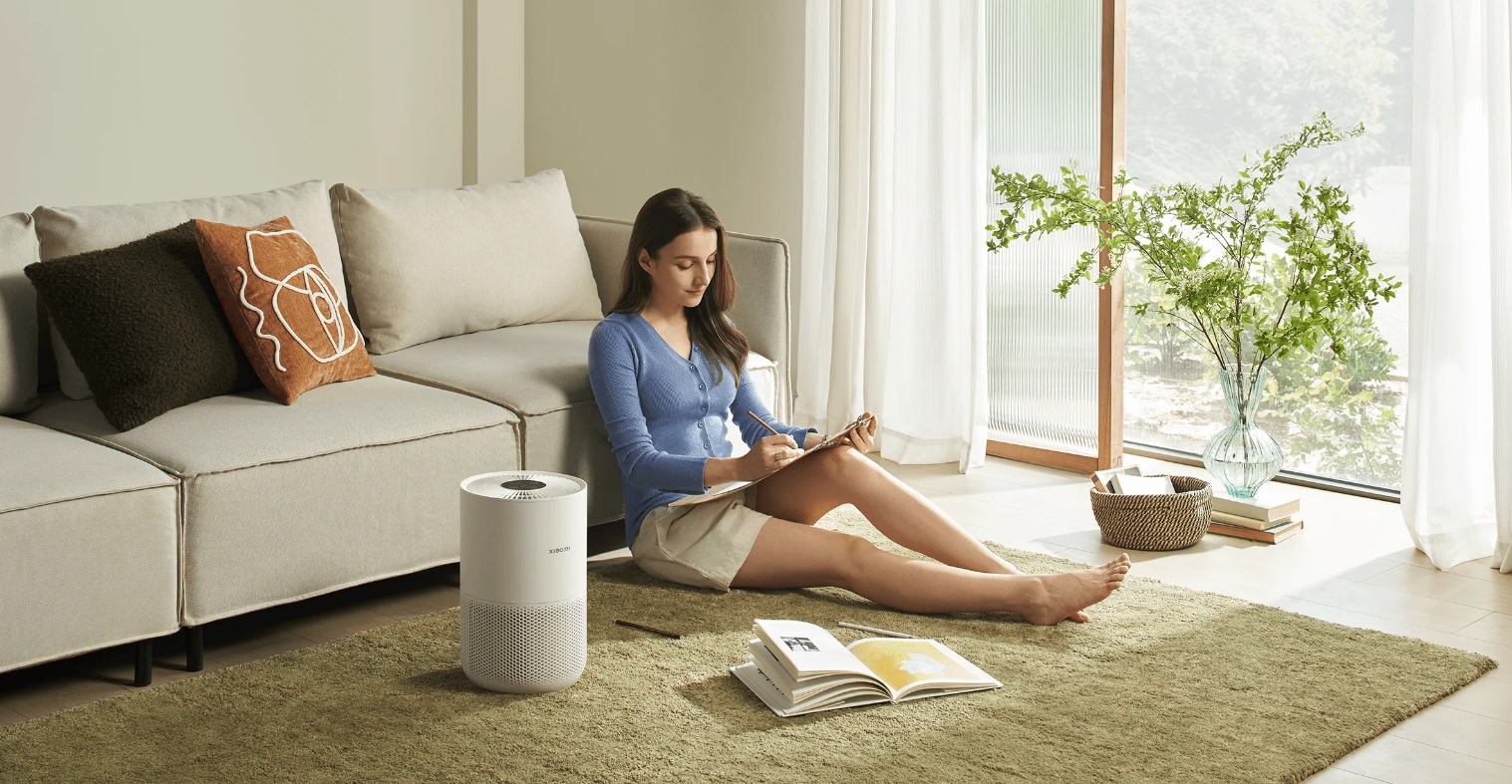Air conditioning has transformed the way we live, work, and interact with our environments, especially in regions with extreme climates. From providing relief during scorching summers to ensuring temperature-sensitive environments remain operational, air conditioning plays an indispensable role in modern society. In this article, we’ll explore the history, types, benefits, challenges, and the future of air conditioning systems.
The History of Air Conditioning

Air conditioning as we know it today has its roots in the early 20th century. Willis Carrier, often referred to as the “Father of Air Conditioning,” invented the first modern air conditioning system in 1902. Designed initially to control humidity in a printing plant, Carrier’s invention quickly found applications in other industries and eventually in residential and commercial buildings.
Before Carrier’s invention, ancient civilizations employed creative methods to stay cool. The Egyptians used evaporative cooling by hanging wet reeds in windows, while the Romans utilized aqueducts to circulate cool water through walls of wealthy homes. These early methods laid the groundwork for the cooling technologies we depend on today.
How Air Conditioning Works
At its core, an air conditioning system functions by removing heat and humidity from an indoor space. Here’s a simplified explanation of the process:
- Refrigeration Cycle: Air conditioners use a refrigerant—a chemical compound that can easily transition between liquid and gas states.
- Heat Absorption: The refrigerant absorbs heat from the indoor air as it evaporates into a gas inside the evaporator coil.
- Heat Release: The refrigerant, now a hot gas, passes through the compressor and moves to the condenser coil, where it releases the heat outdoors.
- Cool Air Circulation: The cooled refrigerant cycles back to repeat the process, while fans distribute the conditioned air inside.
This cycle efficiently cools air while maintaining indoor humidity levels, ensuring comfort in a variety of environments.
Types of Air Conditioning Systems

Air conditioning systems come in different shapes and sizes, designed to cater to diverse needs. Here are the most common types:
- Window Units
- Compact and affordable, window air conditioners are ideal for cooling single rooms.
- They are easy to install but can be noisy and less energy-efficient compared to other options.
- Split Systems
- Split systems consist of an indoor unit and an outdoor unit connected by pipes.
- These are popular in residential and small commercial spaces due to their quiet operation and efficiency.
- Central Air Conditioning
- Suitable for larger buildings, central air systems distribute cool air through ductwork.
- They provide consistent cooling but require significant installation efforts.
- Portable Air Conditioners
- Easy to move between rooms, portable units are convenient for temporary cooling needs.
- They are less efficient and often louder than other options.
- Ductless Mini-Split Systems
- Ideal for homes without ductwork, these systems provide zone-specific cooling.
- They offer flexibility and efficiency but can be costlier upfront.
- Geothermal Air Conditioning
- Using the stable temperatures of the earth, geothermal systems offer eco-friendly cooling.
- They require a significant initial investment but provide long-term energy savings.
Benefits of Air Conditioning
Air conditioning goes beyond comfort, offering a wide range of benefits:
- Health Improvements
- Properly maintained air conditioners reduce allergens, pollutants, and humidity, creating a healthier indoor environment.
- They also prevent heat-related illnesses by maintaining safe indoor temperatures during heatwaves.
- Enhanced Productivity
- Studies show that comfortable temperatures improve focus and productivity, making air conditioning crucial in workplaces.
- Preservation of Goods and Equipment
- Air conditioning is vital in industries like food storage and manufacturing, where temperature control prevents spoilage and equipment failure.
- Improved Sleep
- Cooler temperatures facilitate better sleep quality, enhancing overall well-being.
- Economic Growth
- By enabling businesses and industries to operate efficiently in hot climates, air conditioning supports economic development.
Environmental and Energy Challenges
While air conditioning brings undeniable benefits, it also poses significant environmental and energy challenges:
- Energy Consumption
- Air conditioning accounts for a substantial portion of global energy use, particularly in hotter regions.
- Older, inefficient systems exacerbate this problem, leading to higher electricity bills and strain on power grids.
- Greenhouse Gas Emissions
- The production and operation of air conditioners contribute to greenhouse gas emissions, with refrigerants being a significant culprit.
- Though newer systems use eco-friendlier refrigerants, many older units still rely on harmful substances like hydrofluorocarbons (HFCs).
- Urban Heat Islands
- The heat expelled by air conditioners contributes to the urban heat island effect, where cities experience higher temperatures than surrounding rural areas.
Sustainable Solutions and Innovations
To mitigate the environmental impact of air conditioning, manufacturers and researchers are exploring sustainable solutions:
- Energy-Efficient Systems
- Modern air conditioners come with high energy-efficiency ratings and smart features that optimize performance.
- Inverter technology, for example, adjusts compressor speed to match cooling demands, reducing energy waste.
- Natural Cooling Alternatives
- Passive cooling techniques, such as improved building insulation, reflective roofing materials, and strategic landscaping, can reduce reliance on air conditioning.
- Solar-Powered Air Conditioning
- Solar-powered systems harness renewable energy, offering a sustainable alternative for cooling.
- While initial costs are high, advancements in technology are making solar options more accessible.
- Next-Generation Refrigerants
- Researchers are developing refrigerants with low global warming potential (GWP) to replace HFCs.
- Smart Integration
- IoT-enabled air conditioners allow users to monitor and control their systems remotely, ensuring efficient operation.
Air Conditioning in a Changing Climate

As global temperatures rise due to climate change, the demand for air conditioning is expected to grow significantly. This increase poses challenges for energy infrastructure and underscores the need for sustainable cooling solutions.
In developing countries, where air conditioning adoption is rising, there is an opportunity to prioritize energy-efficient technologies and renewable energy integration. Governments and organizations are also exploring policies to encourage the use of green cooling solutions.
The Future of Air Conditioning

The future of air conditioning lies in balancing comfort, technology, and sustainability. Emerging trends include:
- Advanced Materials
- Nanotechnology and phase-change materials may revolutionize heat exchange processes, improving system efficiency.
- Integration with Renewable Energy
- As solar and wind power become more prevalent, integrating air conditioning with these energy sources will reduce environmental impact.
- AI and Automation
- Artificial intelligence can optimize air conditioning performance by predicting cooling needs and adjusting settings dynamically.
- Decentralized Cooling
- Distributed cooling systems that cater to specific zones or microclimates may replace traditional centralized systems in certain settings.
Conclusion:
Air conditioning has become an essential part of modern life, offering comfort, health benefits, and productivity enhancements. However, its environmental and energy challenges cannot be ignored. By embracing energy-efficient technologies, renewable energy integration, and sustainable practices, we can ensure that air conditioning continues to improve our quality of life while minimizing its ecological footprint.
As we move forward, the focus on innovation and responsibility will be critical in shaping the future of air conditioning, ensuring that it remains a tool for comfort and progress in an ever-changing world.


